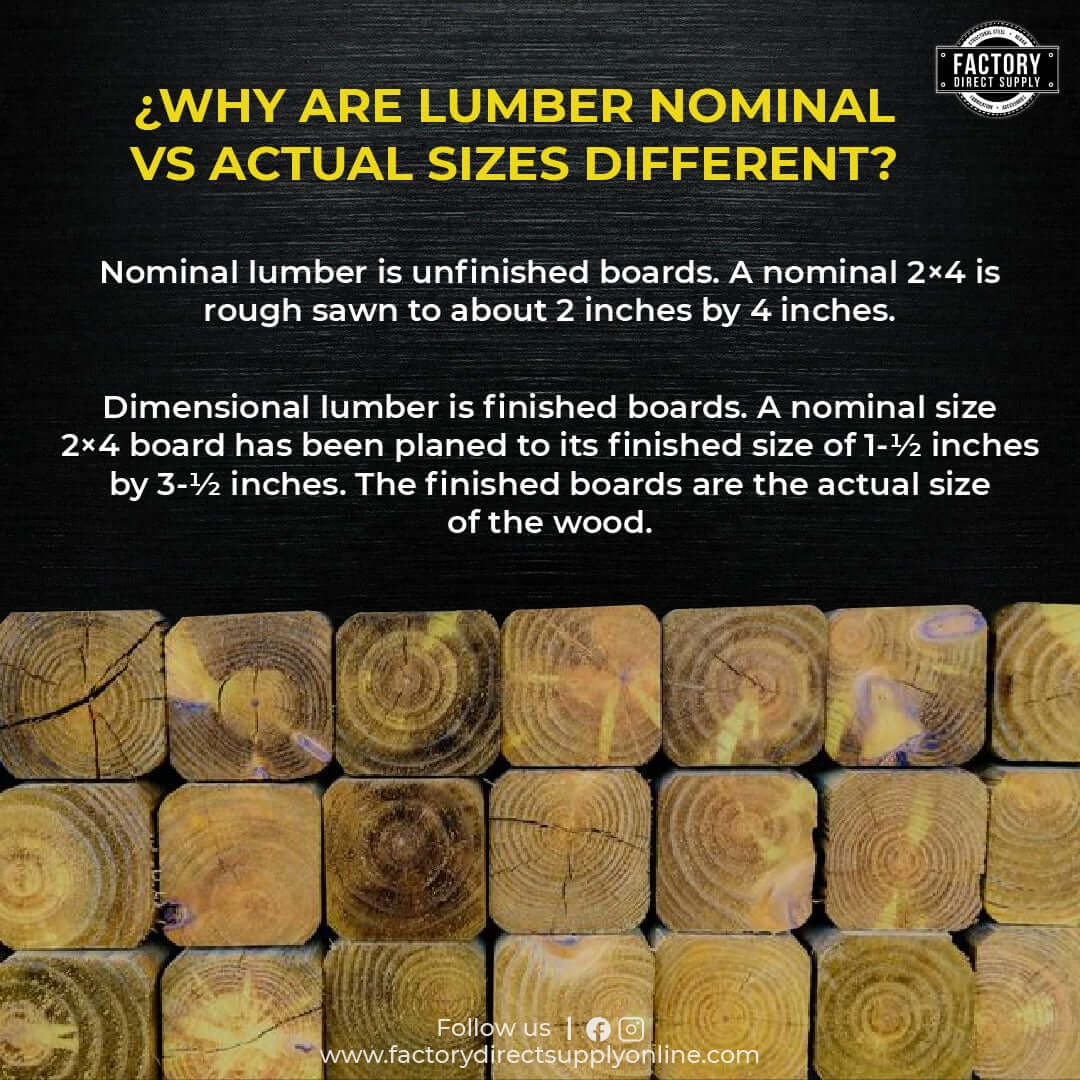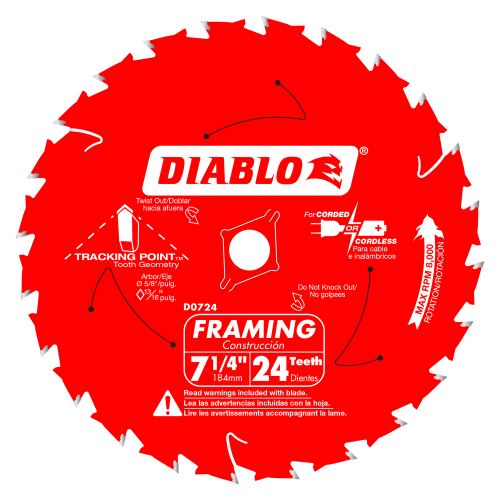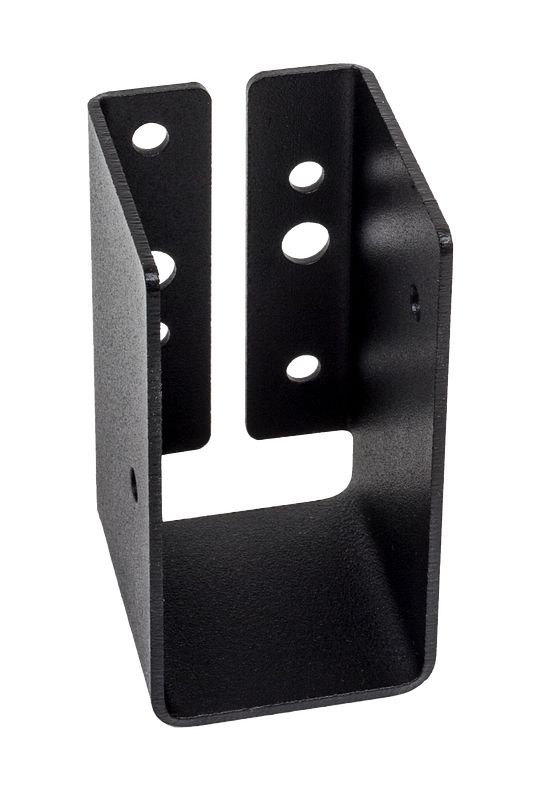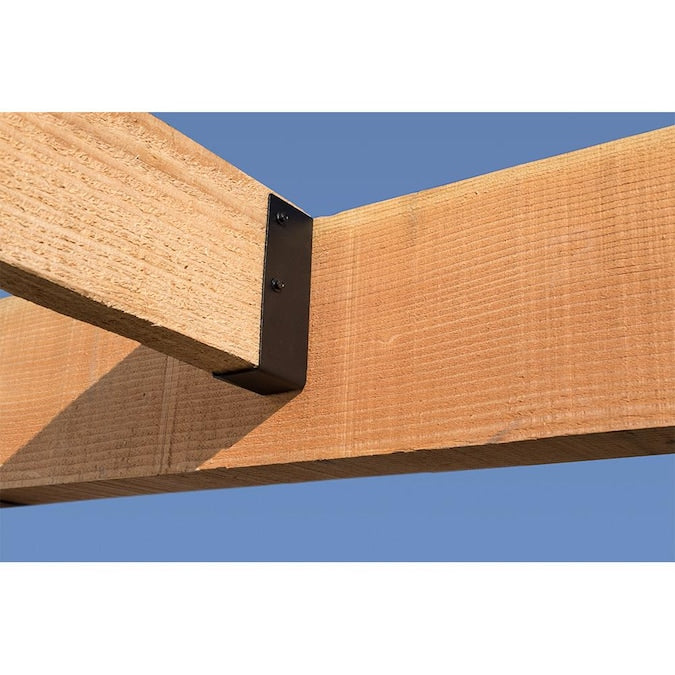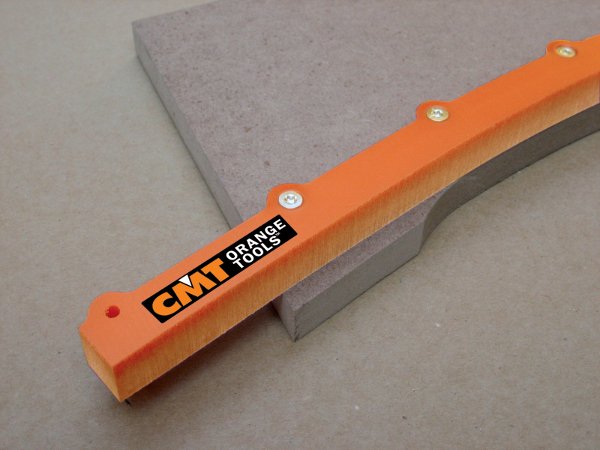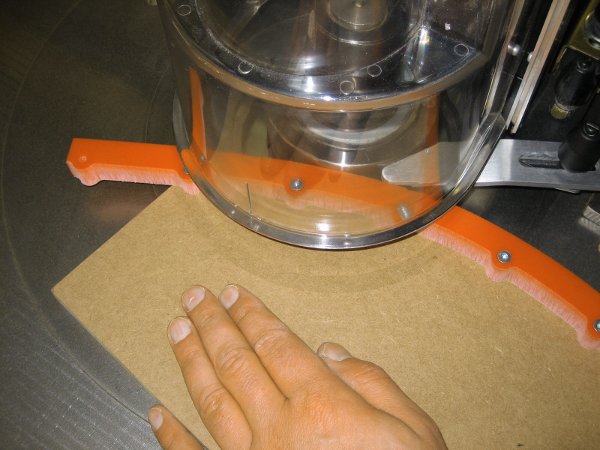NOMINAL LUMBER VS ACTUAL LUMBER SIZE
There is a lot of confusion about the difference between nominal lumber and actual lumber. People usually don’t know the difference so they often order the wrong size lumber and lumber connectors, and it can also lead to problems when building a project. In this article, we will try to clear up the surrounding doubts about nominal lumber and actual Lumber.
What is Nominal Lumber?
Nominal lumber is a term used in the lumber and woodworking industries. It refers to lumber that has been rough sawn and not yet dressed or finished. The nominal size of a piece of lumber is its size before it has been planed or trimmed. For example, a 2x4 piece of lumber is actually 1 1/2 inches by 3 1/2 inches.
What is Dimensional Lumber?
Dimensional lumber is a type of wood that is cut to specific dimensions, as opposed to being cut into boards. This lumber is used for framing houses and other structures, and it is available in a variety of thicknesses and widths.
The Difference Between Nominal Lumber and Actual Lumber
Nominal lumber refers to the rough-cut lumber that is sold before it has been precut into boards. Actual lumber is the finished product that is cut into boards. There are many differences between nominal and actual lumber, the most important of which is their weight. Nominal lumber is lighter than actual lumber, which means it can be transported and stacked more easily.
The Benefits of Using Actual Lumber
Strength and Durability: Actual lumber is strong and durable. This makes it a better choice for projects that require a lot of strength and durability, such as decks and outdoor furniture.
Appearance: Actual lumber can be stained or painted to match any color scheme.
Sustainable: Actual lumber is a sustainable building material that can be used over and over
Wood Sizes
For those who need to buy lumber for a project, the most important consideration is often the size of the lumber. There are different types of wood, each with a unique size and shape. The numbers in wood sizes refer to the thickness of the wood in inches. For example, a piece of wood that is labeled as "1x4" is 1 inch thick by 4 inches wide.
Softwood vs Hardwood
First and foremost, hardwoods are generally larger than softwoods. Second, hardwoods are typically more expensive than softwoods. Finally, both types of lumber can be used for various projects, but they tend to have different properties that make them better suited for certain purposes. So if you’re looking to buy lumber for a specific project, be sure to research which type is best suited for your needs.
What Is Softwood?
Softwood lumber is lumber that comes from coniferous trees, such as pine, spruce, and fir. It is called "softwood" because the cells in the wood are not fully hardened. This type of lumber is typically less expensive than hardwood lumber, and it is more commonly used for construction projects.
| SOFTWOOD LUMBER SIZES | ||
| 1X wood sizes | ||
| NOMINAL SIZE (INCHES) | ACTUAL SIZE (INCHES) | ACTUAL SIZE (METRIC) |
| 1 X 2 | 3/4" X 1-1/2" | 19 X 38 mm |
| 1 X 3 | 3/4" X 2-1/2" | 19 X 64 mm |
| 1 X 4 | 3/4" X 3-1/2" | 19 X 89 mm |
| 1 X 5 | 3/4" X 4-1/2" | 19 X 114 mm |
| 1 X 6 | 3/4" X 5-1/2" | 19 X 140 mm |
| 1 X 8 | 3/4" X 7-1/2" | 19 X 184 mm |
| 1 X 10 | 3/4" X 9-1/2" | 19 X 235 mm |
| 1 X 12 | 3/4" X 11-1/2" | 19 X 286 mm |
| 2X wood sizes | ||
| 2 X 2 | 1-1/2" X 1-1/2" | 38 X 38 mm |
| 3 X 2 | 1-1/2" X 2-1/2" | 38 X 64 mm |
| 4 X 2 | 1-1/2" X 3-1/2" | 38 X 89 mm |
| 5 X 2 | 1-1/2" X 5-1/2" | 38 X 140 mm |
| 6 X 2 | 1-1/2" X 7-1/2" | 38 X 184 mm |
| 7 X 2 | 1-1/2" X 9-1/2" | 38 X 235 mm |
| 8 X 2 | 1-1/2" X 11-1/2" | 38 X 286 mm |
What Is Hardwood?
Hardwood is a type of tree that produces lumber that is durable and strong. The most common types of hardwoods are oak, maple, and cherry.
| HARDWOOD LUMBER SIZES | |||
| QUARTER SIZE (INCHES) | NOMINAL SIZE (INCHES) | ACTUAL SIZE S1S | ACTUAL SIZE S2S |
| 1/2" | 3/8" (10 mm) | 5/16" (8 mm) | |
| 5/8" | 1/2" (13 mm) | 7/16" (11 mm) | |
| 3/4" | 5/8" (16 mm) | 9/16" (14 mm) | |
| 4/4 | 1" | 7/8" (22 mm) | 13/16" (21 mm) |
| 5/4 | 1-1/4" | 1-1/8" (29 mm) | 1-1/16" (27 mm) |
| 6/6 | 1-1/2" | 13/8" (35 mm) | 1-5/16" (33 mm) |
| 8/7 | 2" | 1-13/16" (46 mm) | 1-3/4" (44 mm) |
| 12/8 | 3" | 2-13/16" (71 mm) | 2-3/4" (70 mm) |
| 16/9 | 4" | 3-13/16" (97 mm) | 3-3/4" (95 mm) |
Conclusion
In conclusion, lumber sizes are not always what they seem. It is important to understand the nominal and actual lumber sizes to select the right piece of wood for your project. Be sure to ask your local lumber supplier about the actual size of the lumber you are considering purchasing.
Thank you for reading! I hope this article has helped you better understand nominal and actual lumber sizes, now you can order the correct size wood connectors.
